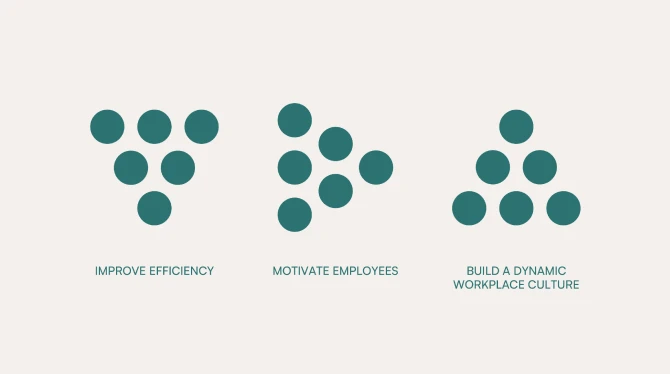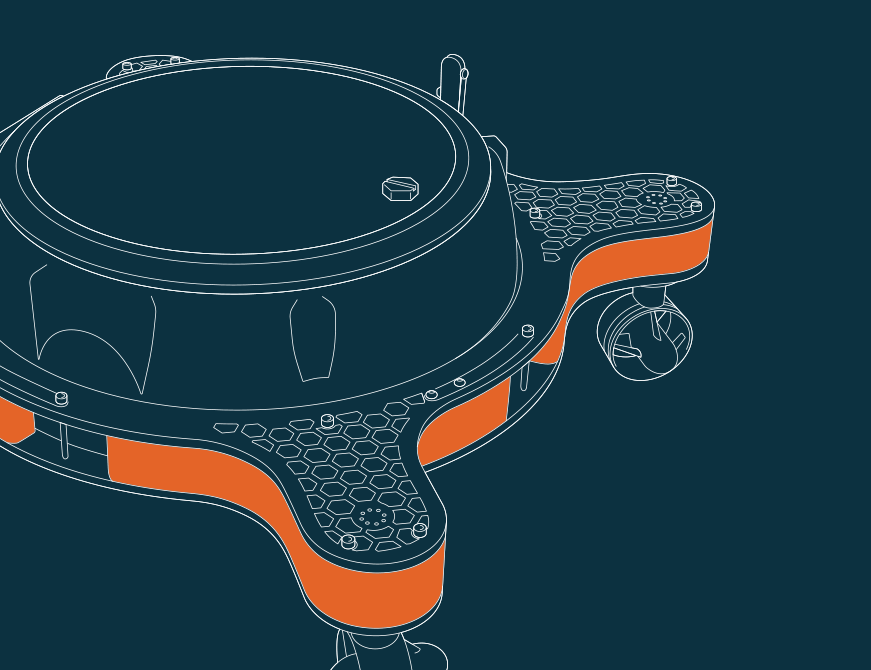🐲
The Power of Prototyping in UX/UI Design: Navigating the Design Journey with Confidence
LAST UPDATED 16 May, 2024
Observing the universe of UX/UI design, where pixels meet purpose, prototyping emerges as a superhero, wielding the power to transform concepts into captivating digital experiences. What exactly is this superhero’s role, and how does it swoop in to save the day? Join me on a journey as we unravel the mysteries of prototyping, exploring its significance, and unveiling the problems it solves along the way.

Prototyping: A Design Superpower
Prototyping, at its core, is the art of bringing ideas to life in a tangible form—a digital playground where creativity knows no bounds. It’s the secret sauce that transforms static wireframes into interactive wonders, guiding designers through the intricate dance of iteration and refinement.
In this article we’ll talk about prototyping in general, mention some of it’s benefits, and see some real-life examples.
The Playground of Possibilities
Imagine you’re designing a platform for overcoming language barriers. A big part of it is the exercises library – it’s used by teachers and they can interact with different exercises, browse the exercise categories and add to favorites. With prototyping, you can sketch out your vision, map out user flows, and experiment with different design concepts—all before writing a single line of code. It’s like having a blank canvas where your imagination is the only limit.

From Sketch To Reality In Minutes
Let’s dive deeper into the design process. You start by sketching out wireframes, outlining the key screens and interactions of your app. But here’s where the magic happens: with prototyping tools like Sketch or Figma, you can transform those static sketches into interactive prototypes that users can actually engage with. Buttons come to life with a tap, transitions guide users seamlessly from screen to screen, and animations add a touch of whimsy to the experience.

The Benefits Of Prototyping
Now that we’ve seen what prototyping can do, let’s shine a spotlight on some of the benefits it brings to the table.
Benefit #1: Enhances Clarity
Designing a digital product is like navigating a maze—you need a clear path forward. But without prototyping, designers are left in the dark, relying on guesswork and intuition to guide their decisions. Prototyping shines a light on the design process, illuminating the path ahead and providing clarity where there once was confusion.
Benefit #2: Makes Communication Easier
Ever played a game of telephone, where a message gets lost in translation? Design hypothesis can frequently lead to miscommunication, costly mistakes, and missed opportunities. Prototyping serves as a universal language, allowing designers to communicate their ideas visually and tangibly. Whether you’re sharing your vision with stakeholders or collaborating with developers, prototypes ensure that everyone is on the same page and speaking the same language.
Benefit #3: Brings Certainty
Design is a journey filled with twists and turns, ups and downs. Without prototyping, designers are left to navigate this journey blindfolded, unsure of what lies ahead. Prototyping provides a roadmap, enabling designers to test their ideas, gather feedback, and iterate with confidence. It’s like having a compass that points you in the right direction, guiding you toward the final destination with precision and purpose.
Benefit #4: End-User Engagement
Prototyping helps engaging with potential customers and getting first hand feedback on artefacts. This also provides deeper insights and a better idea of the value that can be captured from a proposed solution.¹
Real-Life Examples: Prototyping In Action
Let’s take a moment to explore some real-life examples of how prototyping solves problems and unlocks creative potential in UX/UI design.
Example #1: Airbnb – Simplified Booking Flow Leading To More Conversions
When Airbnb set out to redesign its booking flow, prototyping played a central role in the design process. By creating interactive prototypes, designers were able to test different iterations of the booking flow, identify pain points, and refine the user experience before launching the final product. The result? A streamlined booking experience that delights users and drives conversions.

Example #2: Google Material Design – Streamlined Experience On All Products
Google’s Material Design language is a testament to the power of prototyping in UX/UI design. Through extensive prototyping and user testing, Google was able to refine its design language, creating a cohesive and intuitive experience across its suite of products. From seamless animations to intuitive gestures, prototyping enabled Google to create a design system that feels both familiar and innovative.

Conclusion: Embracing The Power Of Prototyping
Prototyping is more than just a tool—it’s a mindset, a philosophy, a way of approaching design with curiosity, creativity, and courage. By embracing the power of prototyping, designers can unlock new possibilities, solve complex problems, and create digital experiences that inspire, delight, and empower users around the world.
So, the next time you embark on a design journey, remember to bring your trusty sidekick—prototyping—along for the ride. Together, you’ll navigate the twists and turns of the design process with confidence, curiosity, and a dash of creativity. Happy prototyping! ????



